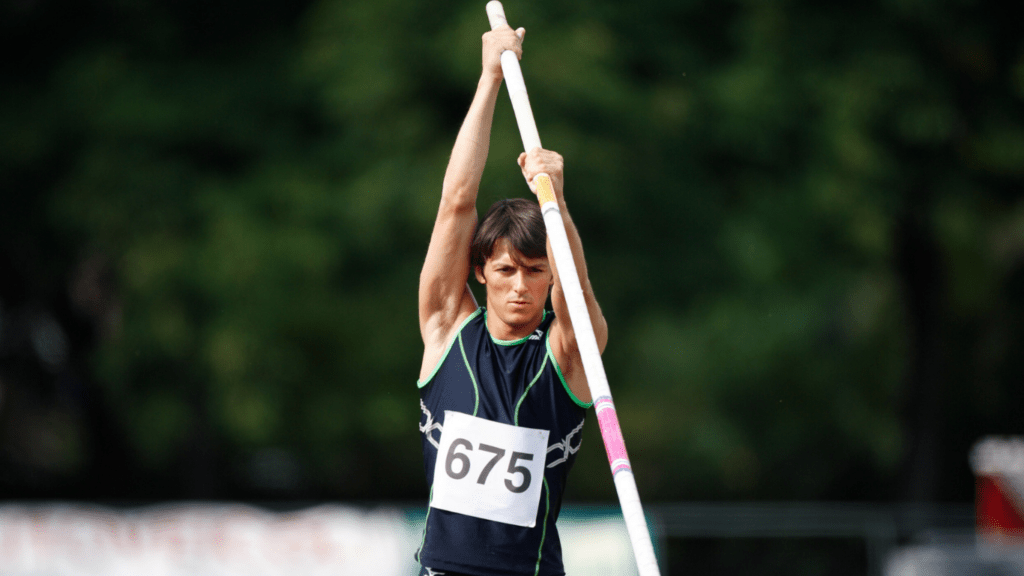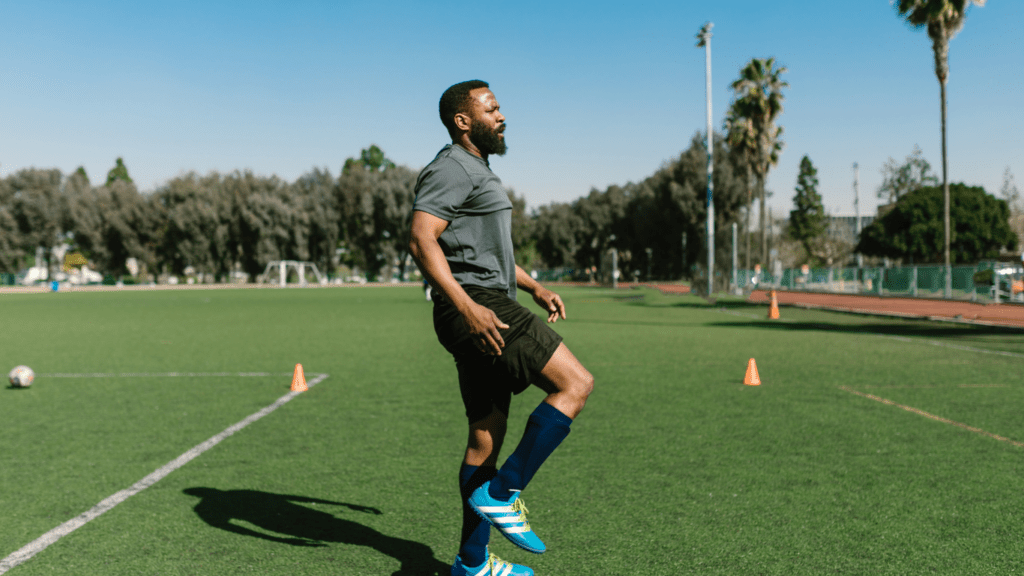In the quest for peak performance, the concept of training load is crucial. Striking the right balance between intensity and recovery can make or break an athlete’s progress. I’ve seen firsthand how optimizing training load not only enhances physical capabilities but also prevents injuries and burnout.
Understanding Training Load
Training load refers to the overall stress placed on an athlete’s body during exercise. Managing this load effectively maximizes performance gains while mitigating risks of injury and fatigue.
Definition of Training Load
Training load is a multidimensional concept that encompasses the volume, intensity, and frequency of training. It’s measured in different metrics, such as heart rate, duration, and perceived exertion. Understanding this definition allows me to tailor training sessions to match an athlete’s capabilities and goals.
Types of Training Load
- External Load: External load involves measurable aspects like distance, speed, and weight. This type quantifies the actual work performed during training sessions.
- Internal Load: Internal load refers to the physiological response to external factors. It includes metrics like heart rate, perceived exertion, and hormonal responses, reflecting the body’s reaction to training stress.
- Mechanical Load: Mechanical load focuses on the stress placed on muscles and joints during resistance training. It’s crucial for understanding the risk of injury and recovery needs.
- Acute Load: Acute load captures the training stress experienced in the short term, typically over several days. Monitoring this helps in adjusting workouts to prevent overtraining.
- Chronic Load: Chronic load represents training stress experienced over a longer period, often weeks or months. Balancing acute and chronic load helps sustain performance and prevent burnout.
The Science Behind Performance Gains
Optimizing training load involves understanding the physiological responses of the body and the critical role of recovery. Both aspects significantly influence performance gains and athletic progress.
Physiological Responses to Training Load
Physiological responses to training load include heart rate variability, muscle adaptation, and hormonal changes. Increased training load stimulates muscle hypertrophy, enhancing strength and endurance.
The body adapts to stress through a series of mechanisms, such as increased protein synthesis and improved neuromuscular coordination. Monitoring heart rate provides insight into internal load, indicating the body’s response to various training intensities.
Additionally, external load measures, like distance covered, help quantify the physical demands placed on the body. Understanding these responses allows me to tailor my training regimens effectively, ensuring optimal adaptation and performance without exceeding thresholds that lead to fatigue or injury.
Importance of Recovery
Recovery plays a vital role in performance optimization. It allows for physiological adaptations, replenishes energy stores, and reduces inflammation. Active recovery strategies, such as low-intensity exercises or stretching, can enhance blood flow and accelerate recovery processes, while adequate sleep is crucial for cognitive function and hormonal balance.
Research suggests that proper recovery techniques improve overall performance by maximizing benefits from training loads and minimizing the risks of overtraining syndrome. By incorporating rest days and recovery protocols into my training plan, I ensure my body achieves a balance between stress and recovery, ultimately fostering sustained performance gains.
Strategies for Optimizing Training Load
Optimizing training load is essential for athletes aiming for maximum performance. Implementing effective strategies can enhance gains while minimizing the risk of injury.
Monitoring Training Load Effectively
Monitoring training load involves collecting and analyzing data to track performance metrics accurately. I rely on tools like heart rate monitors, GPS devices, and training logs to assess external and internal load.
Heart rate variability (HRV) provides insight into my recovery status. I analyze weekly training reports to ensure my acute load doesn’t exceed the chronic load, aiming for a balance that promotes adaptation without overtraining.
Utilizing perceived exertion scales also allows for subjective insights into workout intensity, helping me adjust my training plan accordingly.
Balancing Intensity and Volume
Balancing intensity and volume plays a critical role in optimizing training load. I structure sessions to include a mix of high-intensity workouts and lower-volume recovery days. For example, I might incorporate interval training with high exertion followed by longer, aerobic sessions.
Keeping my training volume in check fosters recovery and adaptation, allowing me to push during key sessions without accumulating excessive fatigue. I consider periodization techniques to cycle through phases of intensity and volume, ensuring that I adapt effectively while meeting my performance goals.
Tools and Technologies for Training Load Management
I leverage various tools and technologies to manage training load effectively. These resources enhance performance insights, helping athletes achieve optimal results.
Wearable Devices
Wearable devices play a crucial role in monitoring training load. Devices like heart rate monitors, fitness trackers, and smartwatches provide real-time data on heart rate, steps taken, and calories burned.
Many models also track sleep patterns, offering additional insights into recovery. I find devices such as the Garmin Forerunner and Polar H10 particularly beneficial for athletes seeking to assess their external and internal load.
With their ability to sync data to mobile apps, they allow for comprehensive analysis of training metrics over time, which facilitates adjustments to training programs.
Software Solutions
Software solutions simplify the tracking and analysis of training load data. Programs like TrainingPeaks, Strava, and Whoop collect and analyze performance metrics, enabling athletes to visualize trends and make informed decisions.
I often use these platforms to monitor training intensity and recovery metrics, ensuring I maintain a healthy balance. These tools allow for customized training plans based on individual performance history and recovery status, making it easier to optimize volume, intensity, and frequency.
Additionally, integration with wearable devices enhances the accuracy of data analysis, providing a holistic view of my training regimen.




